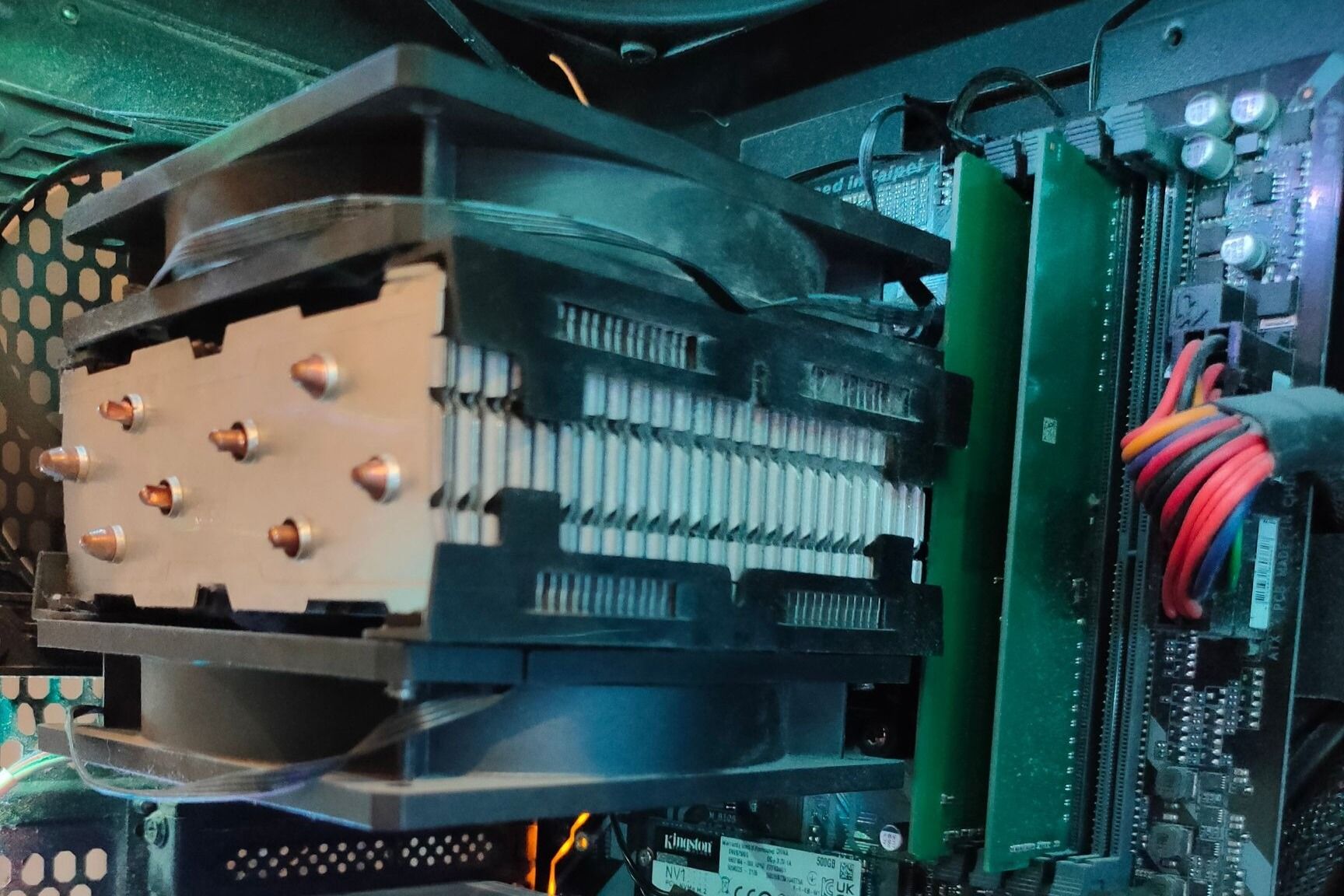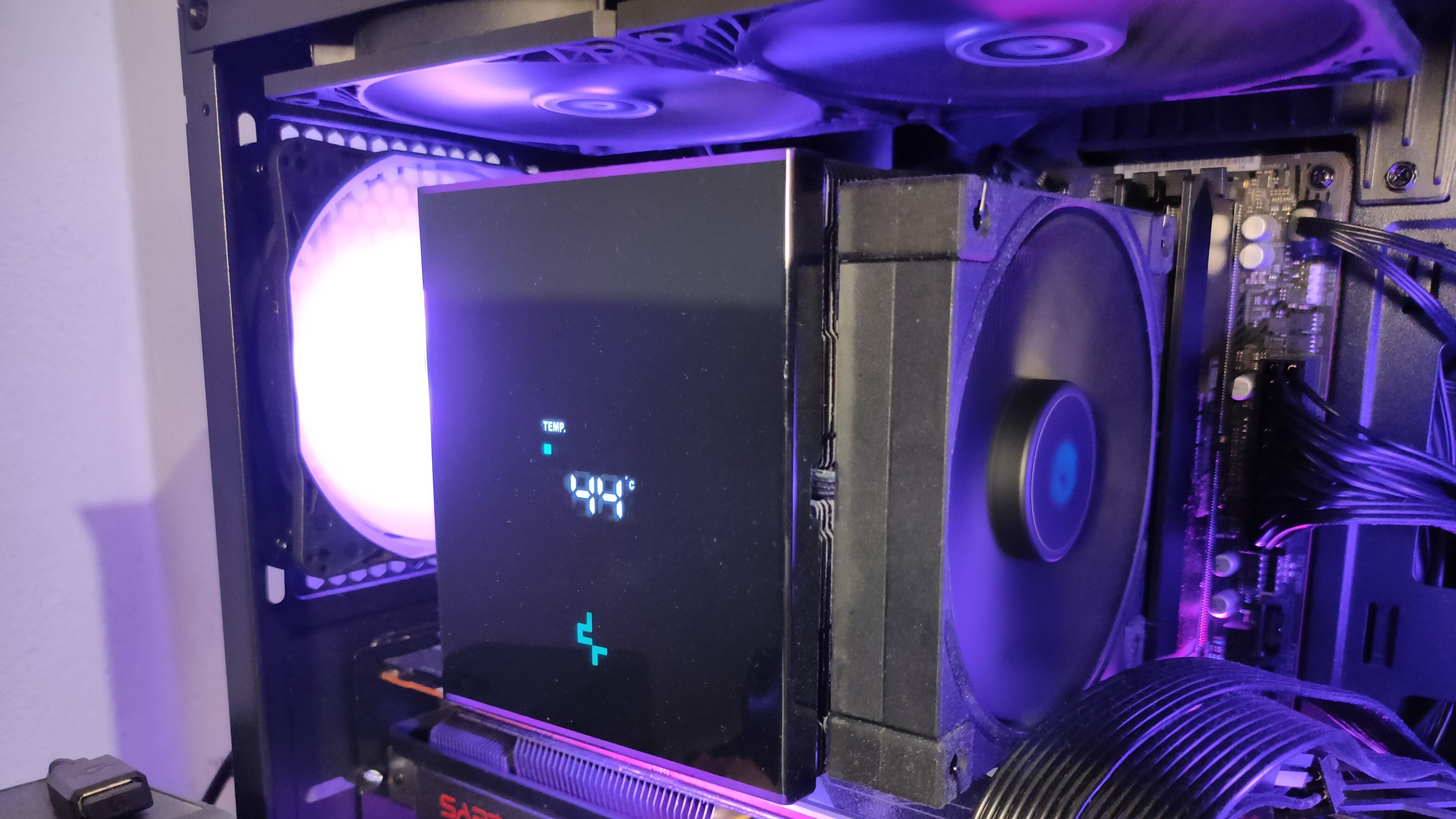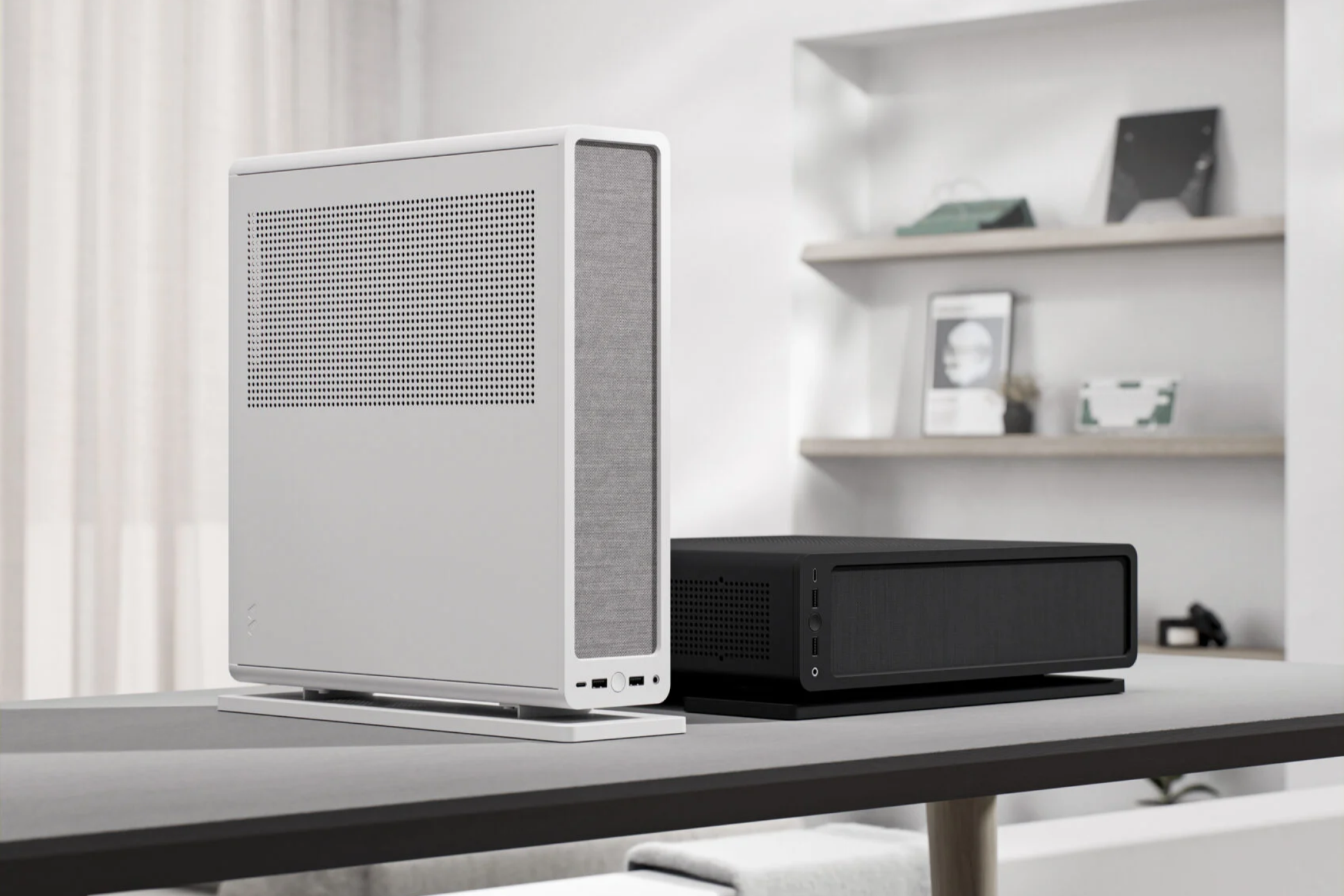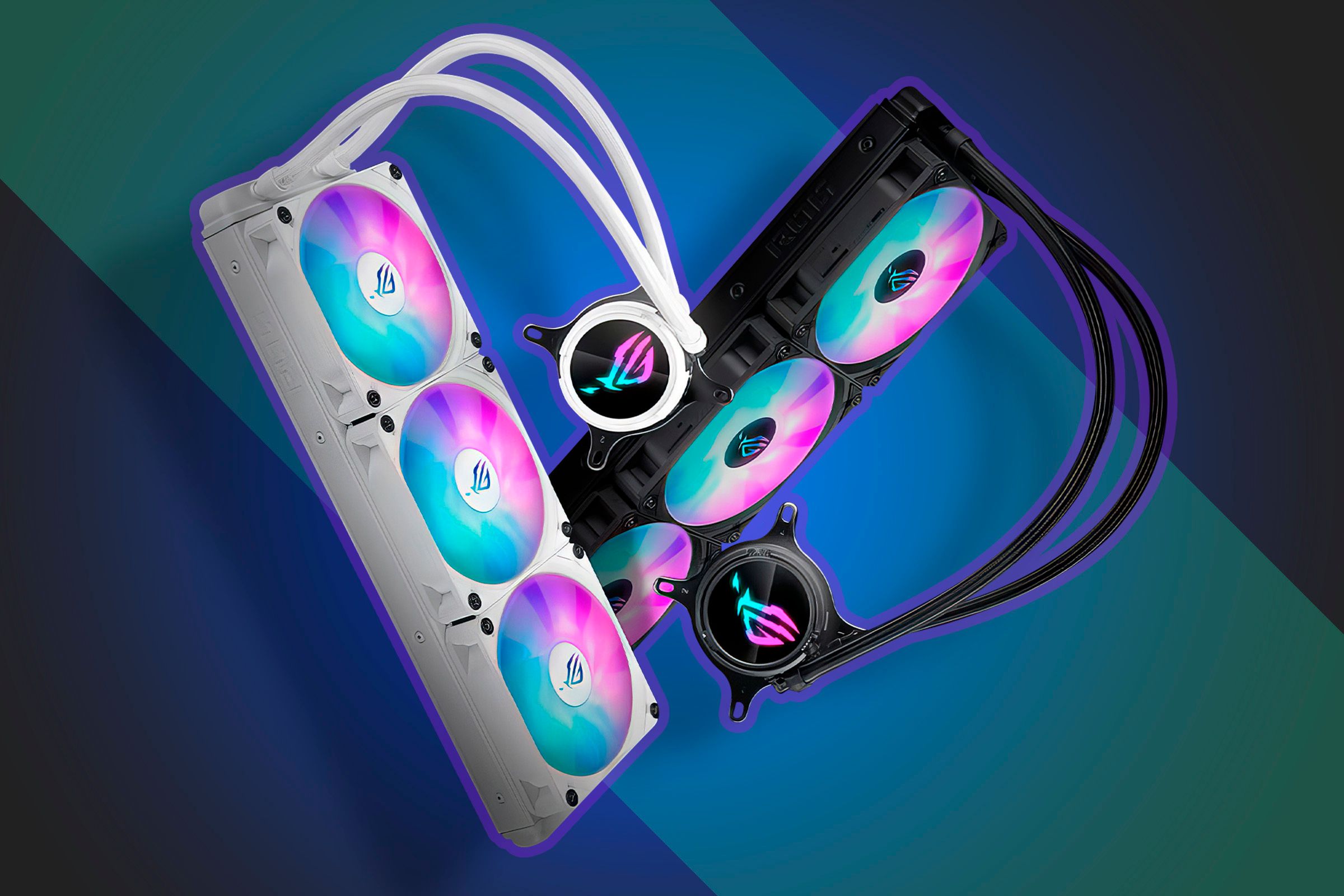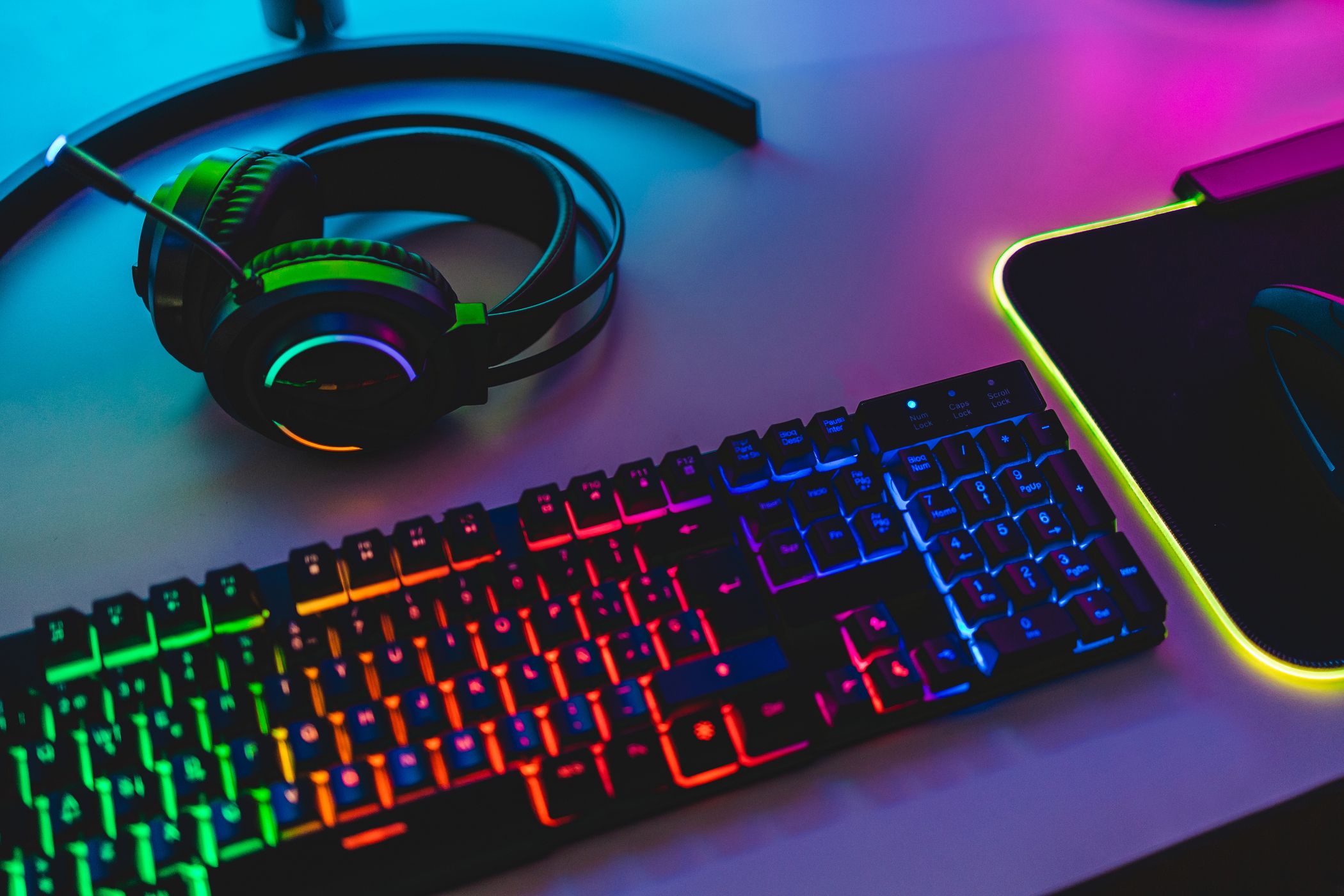Summary
- AIO CPU coolers are pricier than air coolers on average, with mid-range and high-end AIO offerings costing $100 or more than some of the best performing CPU air coolers.
- Air CPU coolers are highly effective, providing sufficient cooling for all consumer-grade CPUs, including flagship CPUs.
- AIO CPU coolers have shorter lifespans and multiple points of failure compared to air coolers, making the latter a more reliable choice.
I’ve been building PCs for almost two decades, and I’ve yet to use an AIO liquid CPU cooler in any of my builds. The thing is, I won’t, ever. Here’s why.
AIO CPU Coolers Are Pricier Than Air CPU Coolers
Your average air CPU cooler is noticeably cheaper than an average AIO liquid cooler, even if we only count the relatively affordable 240mm designs.
For instance, the Thermalright Phantom Spirit 120SE, one of the best air CPU coolers on the market that can match some 240mm and 280mm AIOs in cooling performance, sports a list price of only $35.90 on Amazon. The same goes for the equally impressive Thermalright Peerless Assassin 120SE. On the other hand, the most affordable 240mm AIO cooler I could find on Amazon, the Thermalright Aqua Elite 240 V3, will set you back $45 and perform worse than the Phantom Spirit or Peerless Assassin.
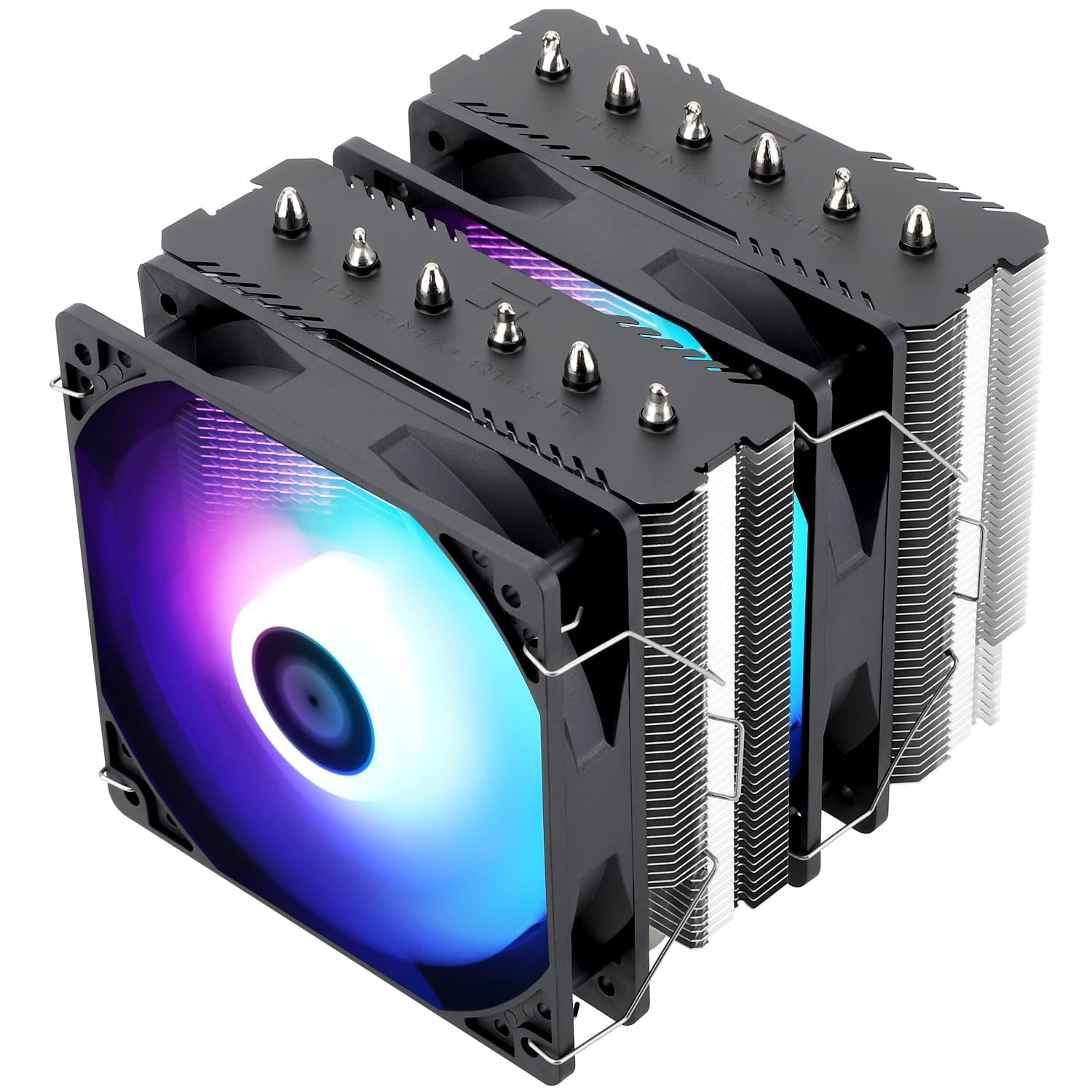
Thermalright Peerless Assassin 120 SE ARGB
The Thermalright Peerless Assassin 120 SE ARGB is an affordable yet high-performance CPU cooler that can easily keep temperatures in check for any consumer-grade processor. It features six heatpipes and a split heatsink design, paired with two 120mm ARGB fans that give it a premium aesthetic.
If we disregard budget offerings from Thermalright and ID-COOLING, two brands that offer the most affordable AIO liquid coolers on the market that aren’t “let the cat walk across the keyboard” Chinese brands, the most affordable 240mm AIO cooler on Amazon is the $75 ENERMAX LIQMAXFLO 240mm, which again, cannot match the performance of the Phantom Spirit. Mid-range 240mm AIO offerings start at around $100, about $60 higher than the price of multiple well-received and well-performing dual-tower air CPU coolers.
Looking at high-end offerings, the situation’s even more in favor of air CPU coolers. The undisputed ruler of the air CPU cooler realm, the Noctua NH-D15 G2, can be found for $179, which sounds a lot. But when you place it next to a high-end AIO liquid cooler such as the Corsair H100i LCD (240mm version), which retails for $200 and lags behind the NH-D15 G2’s cooling performance and noise levels, $150 doesn’t look that bad.
The original Noctua NH-D15 performs better and is quieter than the Corsair H100i LCD 240mm as well, but costs less than $110. That’s a lot for a CPU air cooler, but not that much when you consider just how well the two NH-D15 models perform compared to 240mm, 280mm, and even some 360mm AIO liquid cooler designs.
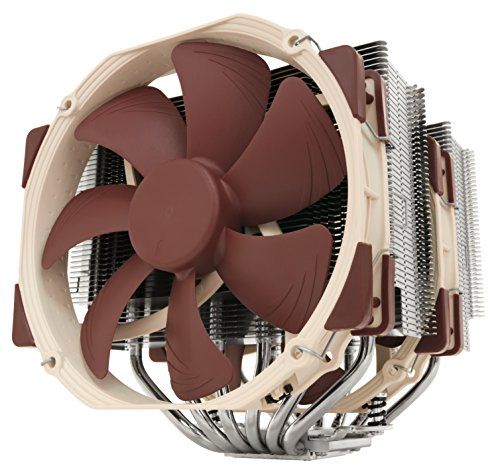
Noctua NH-D15 CPU Cooler
The Noctua NH-D15 is maybe a decade old but it’s still one of the best performing CPU air coolers money can buy.
Adding 360mm AIO designs makes AIOs look even worse price-wise. The absolute cheapest 360mm AIO from a reliable brand, the Thermalright Aqua Elite 360, costs $53, a quality mid-range offering will set you back about $130 or more, and you’ll have a hard time finding a high-end LCD-equipped 360mm AIO for less than $200.
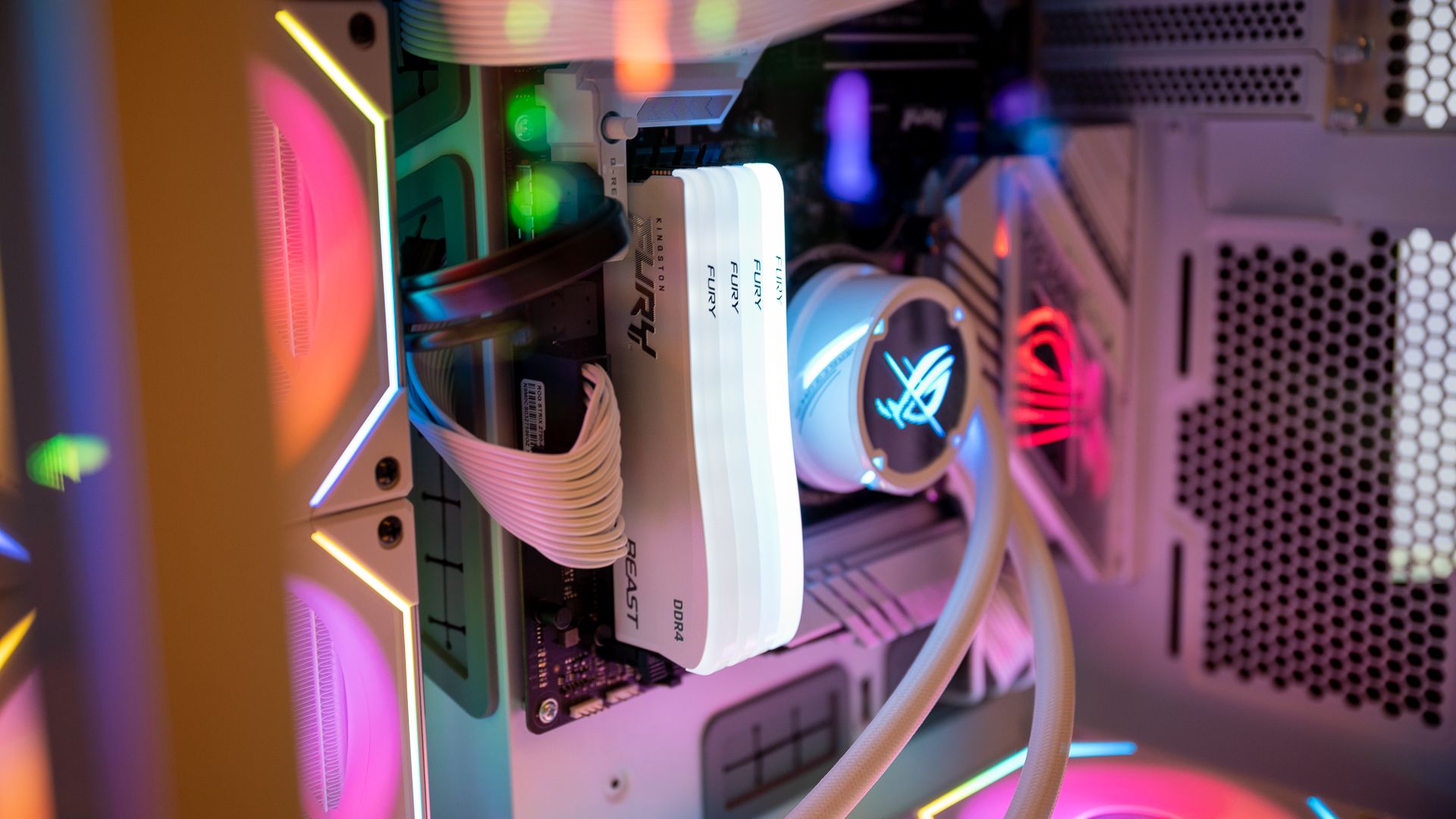
Related
The Best SSDs for Gaming in 2024
Need a fast and reliable SSD for your PC gaming rig or your PS5? We’ve got you covered.
The price difference between a well-performing budget air cooler and a mid-range AIO liquid cooler is enough to get a higher-tier GPU, a 2TB SSD instead of a 1TB drive, or a better CPU instead of a flashy AIO CPU cooler.
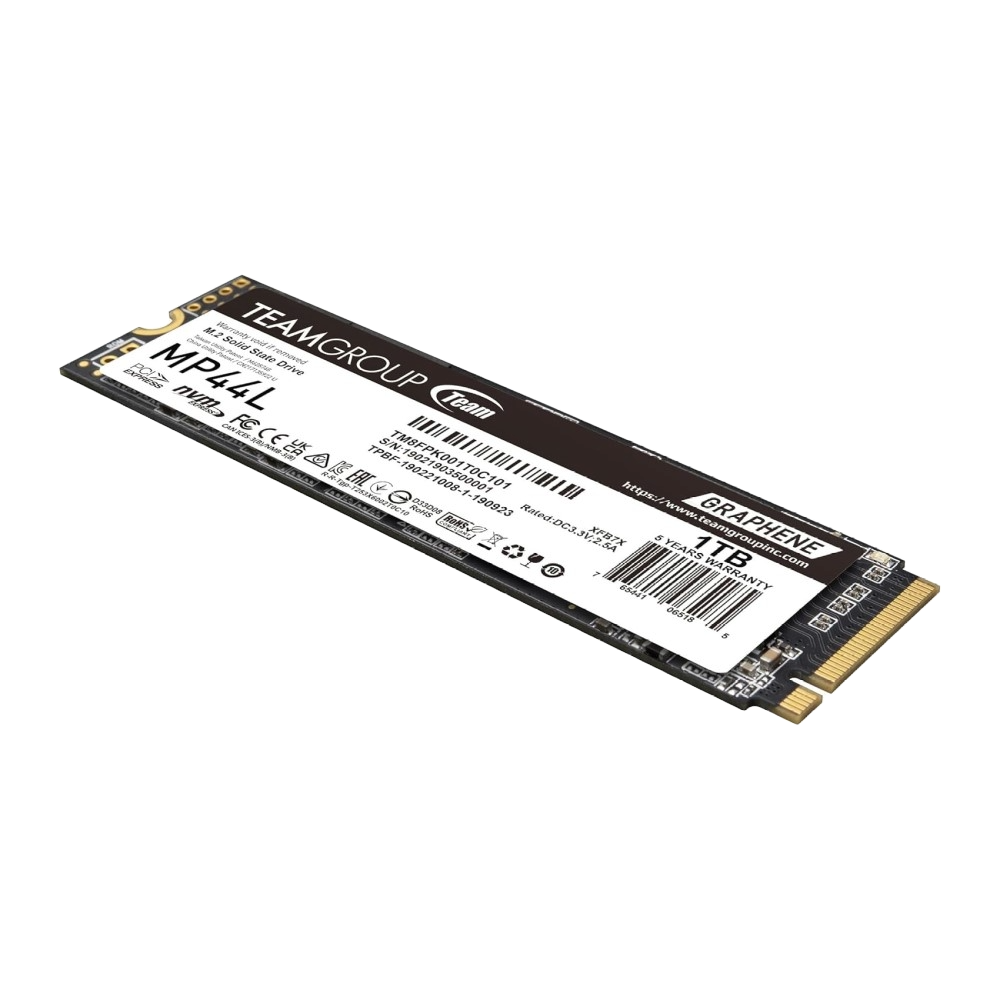
TEAMGROUP MP44L
Gamers on a budget looking for a speedy SSD should seriously consider the TEAMGROUP MP44L. The SSD offers tons of value and great performance for the price. If you need an SSD for storing games, you shouldn’t need anything faster than the MP44L.
Air CPU Coolers Can Rein In Virtually Every Consumer-Grade CPU
But why would you want to pay hundreds of dollars for flagship AIOs when a sub-$40 air cooler can handle virtually every consumer-grade CPU?
The aforementioned Thermalright Phantom Spirit 120SE can even surpass some 360mm AIO coolers when it comes to cooling down newer Ryzen CPUs, providing a similar level of performance when pitted against a power-hungry Intel CPU with its power limits removed.
In other words, a $36 air CPU cooler can rein in every single consumer-grade CPU. The only reason to use an AIO would be to overclock your CPU and test its performance limits or if you’re using something like a Ryzen 7950X or 9950X for professional work and want to squeeze every ounce of performance out of it.
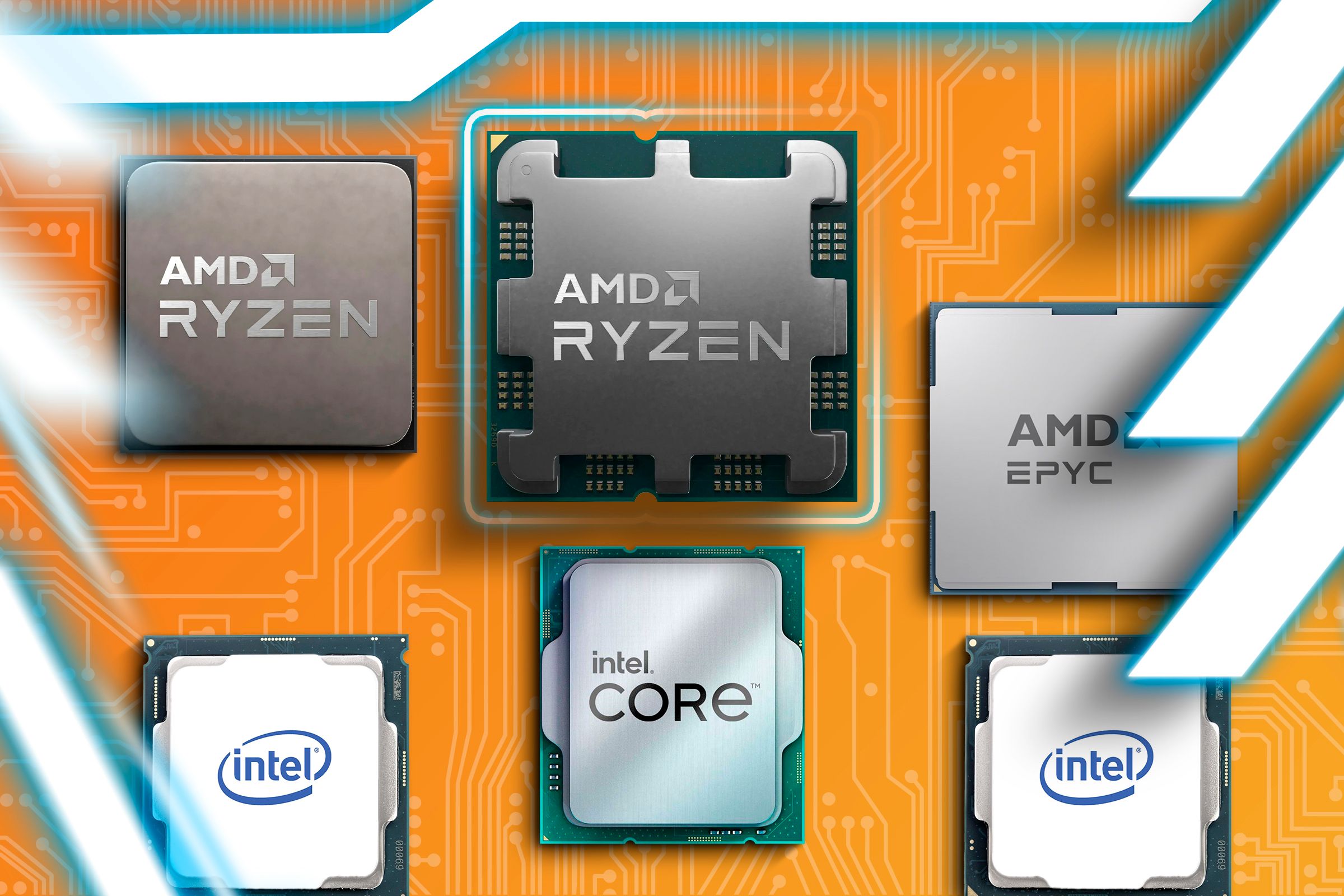
Related
How to Choose the Right CPU for Office Work and Everyday Computing
Your next office machine doesn’t need a ton of CPU power to deliver a great office and everyday computing experience.
But that’s the thing: I’m not interested in flagship CPUs.
I’m Not Interested in Flagship CPUs
Nowadays, I use my desktop PC for gaming, along with a few other light-use scenarios that don’t put much strain on the CPU, since I switched to macOS for work a while ago. For those kinds of CPU workloads, even a budget air CPU cooler would do the trick.
At the moment, I’m rocking an AMD Ryzen 5700X3D my Scythe Mugen 5 Rev. B cooler I had used with my previous CPU, an AMD Ryzen 5600X, is more than capable of cooling down. In other words, a cooler I paid about $50 four and a half years ago is still going strong. Considering I’ll ride the 5700X3D until the AM6 socket comes out, I’ll be using the same air cooler for at least seven years.
Even if I opt for a high-end X3D CPU in my next build (which I most likely will), I’ll pair it with an air cooler because it will cost me less than an AIO, and because I’m absolutely certain an air cooler will be enough since the most strenuous load for the CPU will be gaming, which stresses processors much less than other CPU-intensive loads such as video encoding, photo and video processing, or CPU rendering.
AIO CPU Coolers Have Shorter Lifespans Than Air Coolers
As I mentioned, my current CPU cooler will work for at least seven years, and even if its fan dies, I can replace it with any 120mm case fan the market’s teeming with. But if I had opted for an AIO for my 2020 build, I wouldn’t be so sure said AIO would stay alive and kicking after seven years of constant use.

Phanteks T30-120 Fan
The Phanteks T30 are the kings of the PC fan market. They offer impressive performance at every RPM point while also staying silent unless pushed to max RPM. They are outstanding PC fans that excel as case fans, CPU heatsink fans, and radiator fans.
While air CPU coolers have only one common point of failure (the fan), AIOs, on the other hand, have multiple points of failure. You’ve got fans, sure, but also the pump, potential leakages, and residue buildup caused by corrosion, which can cause serious issues. Inadequate quality of the liquid used or bacteria growth inside the closed loop of an AIO cooler can also lead to a pump failure and drops in cooling performance.
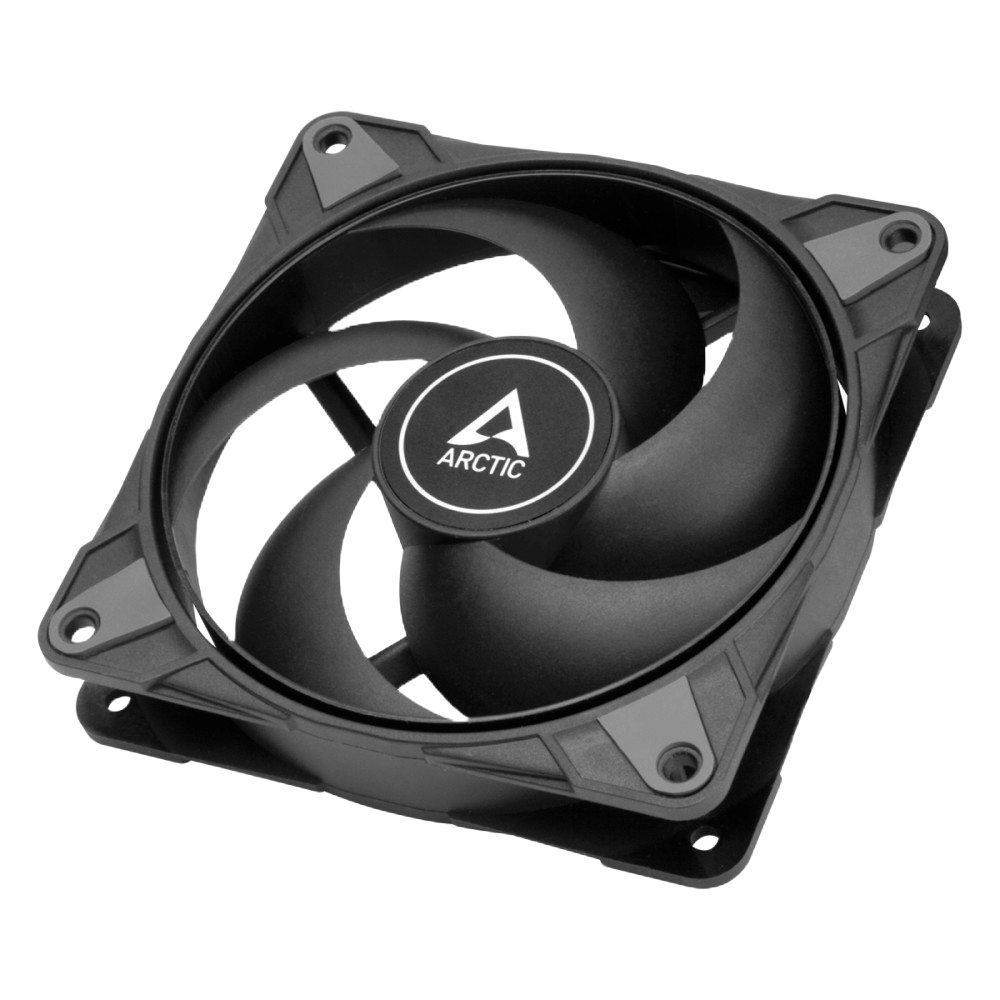
ARCTIC P12 Max
The budget PC fan market hides some terrific gems, and the ARCTIC P12 Max are probably the best one. They get really close to high-end PC fans performance-wise, work well as case fans, CPU heatsink fans, and radiator fans, and don’t break the bank.
In general, you should consider yourself lucky if your AIO lasts longer than six or seven years without issues. On the flip side, if you bought a Noctua NH-D15 back when it launched in 2014, there’s a good chance the cooler is still performing as strongly as on the first day since the only part that can fail is easily replaceable, and you can order mounting kits for new CPU sockets for free directly from Noctua.
Many Air CPU Coolers Are SFF-Friendly
Now, while I’m not and will not use the CPU inside my Windows desktop for anything heavier than games, I’ve been thinking about going small form factor (SFF) for my next build, with many mini-ITX cases having less than stellar support for tower coolers.
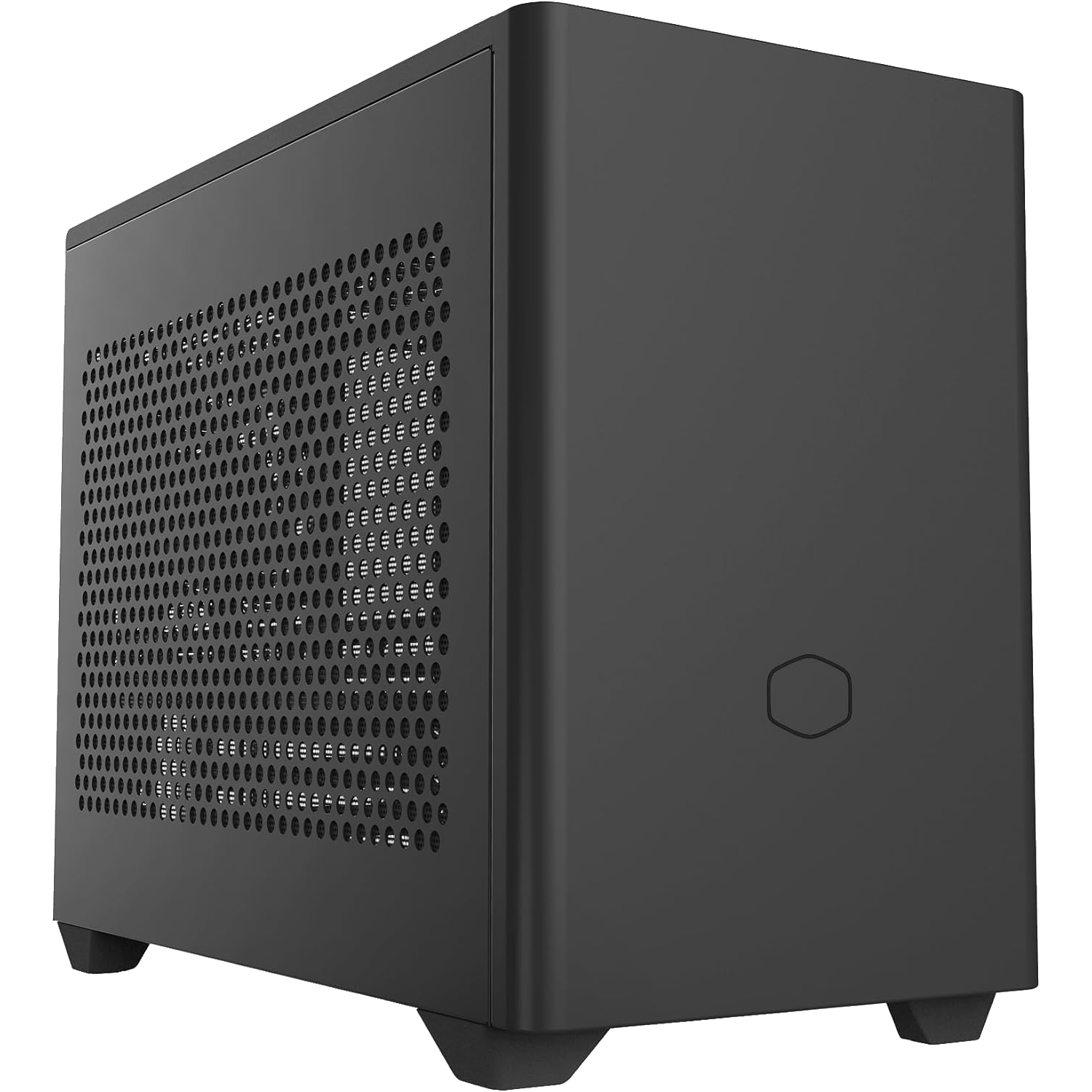
Cooler Master NR200
The Cooler Master NR200 is one of the most flexible cases you can buy, with 360-degree access, great support for both air or liquid cooling, and room for larger graphics cards than most Mini ITX cases.
That said, this shouldn’t be an issue for my use case, which includes an X3D or a mid-range CPU used for gaming and not much else. Even super-compact low-profile air coolers, such as the Noctua NH-L12S, are enough for something like the Ryzen 9800X3D if all you do is gaming and have a couple of exhaust fans mounted inside the chassis.
Suppose I get something roomier instead of the Fractal Terra or Ridge, both of which cannot house anything other than a compact low-profile tower cooler. In that case, I can get the Thermalright Peerless Assassin 120 Mini and pair it with virtually any consumer-grade CPU. The tiny powerhouse has enough oomph for any CPU on the market if gaming is the most intense workload involved.
I’m Not Interested in RGB and Other AIO Cooler Gimmicks
Now, I understand why many PC builders prefer AIOs over air coolers. They can look way nicer than any CPU air cooler, especially if you opt for an infinity mirror or LCD design alongside ARGB fans.
For many PC gamers and PC aficionados out there, form is as important, or even more important, than function. If that’s the case, more power to you. As far as I’m concerned, go wild and get the most extravagant AIO CPU cooler around.
But I’m someone who values function over form. I keep my desktop PC on the floor next to my desk, so an infinity mirror or an LCD showing me system stats or cool animations is useless to me.
The only part of my PC looks of which I care about is the case. Everything inside the case should perform well enough and be quiet. Everything else, including looks, doesn’t matter.
Air coolers are more affordable, offer more than enough cooling performance for my needs, and have only a single point of failure as well as longer lifespans on average compared to AIO coolers. Many compact designs work well with ITX cases, and as long as it performs well and is quiet, I don’t care how my CPU cooler looks. AIO liquid coolers might be all the rage in mainstream PC gaming circles nowadays, but unless future CPUs somehow become so power-hungry as to make air coolers obsolete, I’ll never switch to an AIO.


